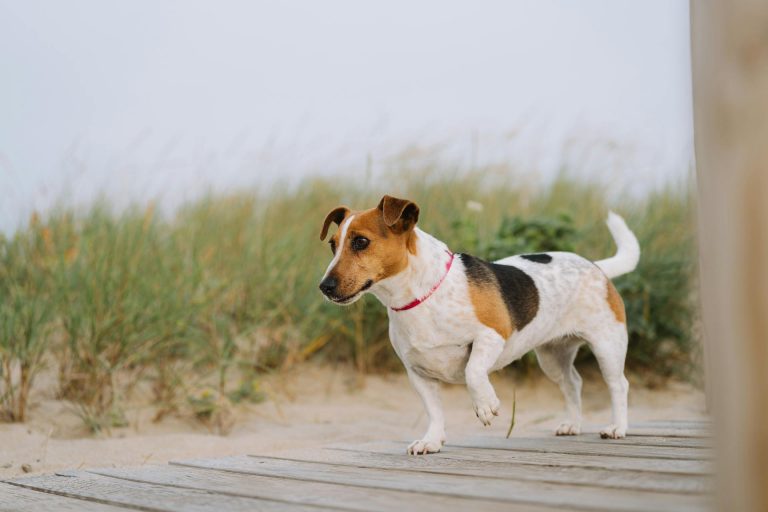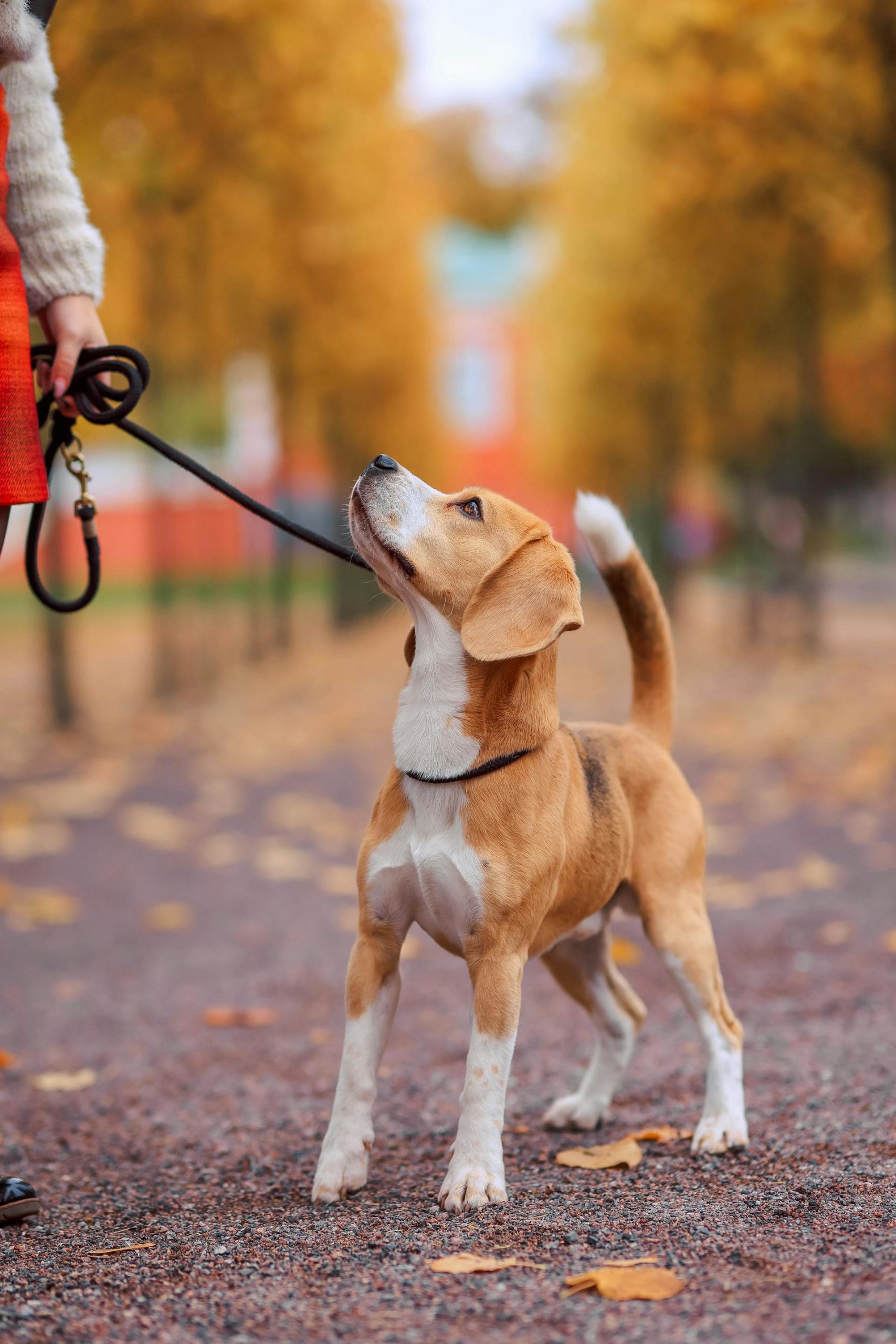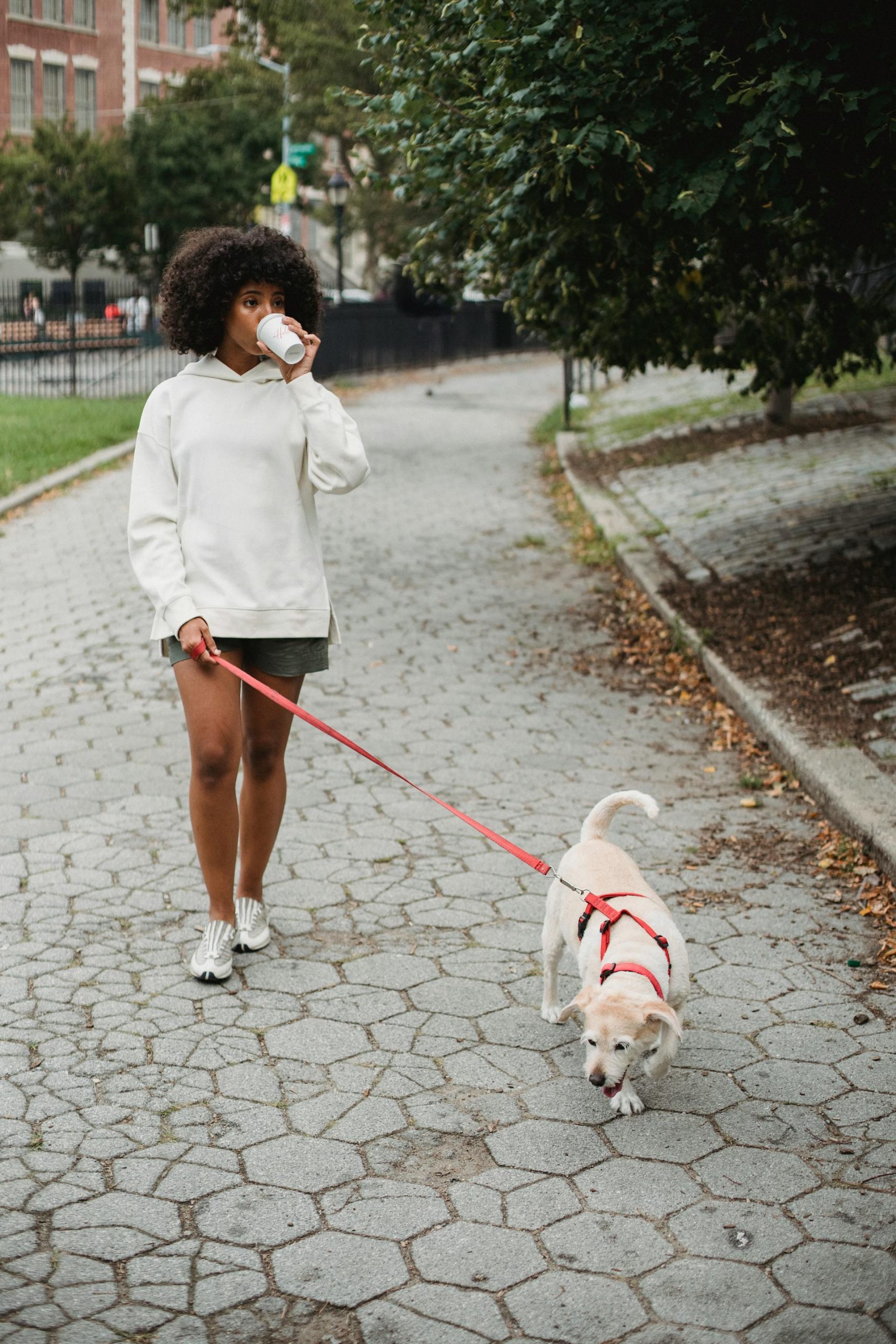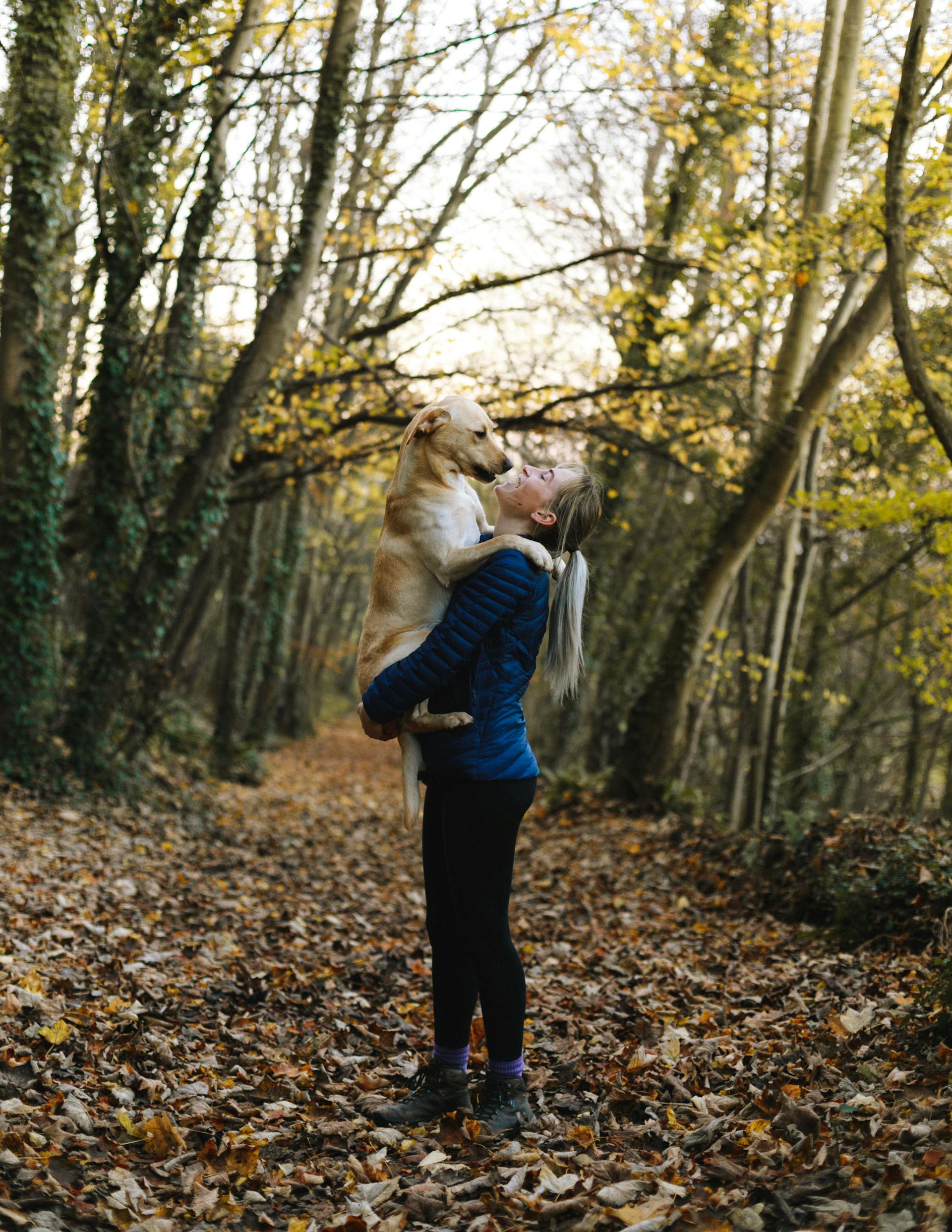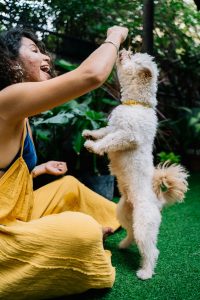Let’s talk about this common scenario. You have a walk that is perfect on walkies around the block. Your dog is trotting along and sniffing. But then you move to an unfamiliar area, and your dog’s behavior changes.
Your dream walk turns into a nightmare. Your dog pulls, lunges, and might even hurt you because of all the struggle.
I am here to tell you, that you are not alone in this. It is a common challenge for new pet parents.
We often talk about routine, and how dogs thrive on it. But sometimes, that routine can be your downfall. Let’s talk about how to walk your dog in unfamiliar places.
Why Dogs Don’t Like Unfamiliar Areas?
I have to be honest here with you. But the problem lies within you, not within your dog. The problem begins with a lack of early socialization.
Have you socialized your puppy with different, environments, and surfaces? Or did you stick to the same walking routine? Sometimes, the lack of socialization in different areas can come back to haunt you.
But that is not the only reason dogs might be unwilling to walk in unfamiliar areas. You have moved to a new area. It is all new and shocking for your puppy.
Yes, generally saying, dogs are more adaptable and adjustable than cats. Any cat owner will tell you, moving with a cat is a nightmare.
Yet, sometimes, dogs might be like that as well.
Top 3 Tips for Walking Calmly in Unfamiliar Areas
I want to help you and your puppy enjoy a calm and relaxing walk. So, for that purpose, I will share three tips that I have used with my dog, a 7-year-old Jack Russell. His name is Milo and he is fantastic!
Tip No.1 – Expand Your Walk
I would say that the best ratio for this tip is 80/20. You need to extend your walk so that most of it is on familiar ground. Then, in the middle of the walk, you go a bit in a different direction. Move to an area your dog is not familiar with.
Your pup might be uncomfortable in the beginning. If you notice your dog is too anxious and cannot handle the stress, go back. Lower the ratio. Go for 95/5, or 90/10 percent. Pay attention to your dog at all times.
Over time, your pup will walk confidently further into new territory.
Tip No.2 – Give it time
Let your dog acclimate to the new environment before asking for a nice walking behavior. Go to new places like new parks and hang out. Let your dog feel the environment. Allow him to sniff. Let him watch and observe what is happening around him. Let your dog take in the sights, smells, and sounds.
This is a low-pressure activity with no expectations. Watch as your dog is calmer, more confident, and not interested in the environment. Then you can start practicing attention and behaviors.
If your dog becomes anxious or starts the nightmare behavior again, restart the process. Do this with all new places.
Tip No.3 – Work on Confidence
Here is a dirty little secret most dog trainers will not tell you. The more confident your dog is, the more willing he is to try new things.
You should work on your pet’s confidence every day. How do you do that? By allowing your dog to win. Practice tricks that your dog knows how to do. Reward his positive behavior. Give him small challenges and praise him when he succeeds in them.
The more your dog wins in life and gets rewards, the more confident he becomes.
The 3D Dog Training Technique
Here is a technique I’ve used for training different tricks. It is not a complicated technique. The 3D stands for distance, duration, and distraction.
What is the trick? Start training any behavior in a familiar setting, and then increase the difficulty. How do you do that?
- Start by adding distance. For example, let’s say you teach your dog to walk beside you. Start with a short distance. Then, as your dog gets better at it, increase the walking distance. If you see your dog is struggling, move back a step or two
- Then, you add duration. Let’s take a different example here. You try to teach your dog to sit calmly. Add five seconds, then reward and praise. Then add another five seconds. Before you know it, your dog will be able to sit for a minute or two
- Last, you need to add distractions. This is the toughest challenge. Dogs are social creatures. They get distracted. There are millions of triggers around them. It is your job to work on your relationship and bond so your dog finds you entertaining enough to listen to you. As for adding distraction, you can begin slowly. Move from the inside of your home to your yard, then to a place with more distractions, and so on
Final Words
Taking your dog for a walk should be a relaxing activity for both of you. Yet, it is not always the case. I have to admit, sometimes, even Milo struggles with walking in some areas. As a pet parent and owner, it is your job to help your dog feel comfortable. If you notice your dog is anxious about something, work on desensitization.
Walking in unfamiliar areas should not be a nightmare scenario. With proper early socialization and training, you can help your dog feel calm and confident.

